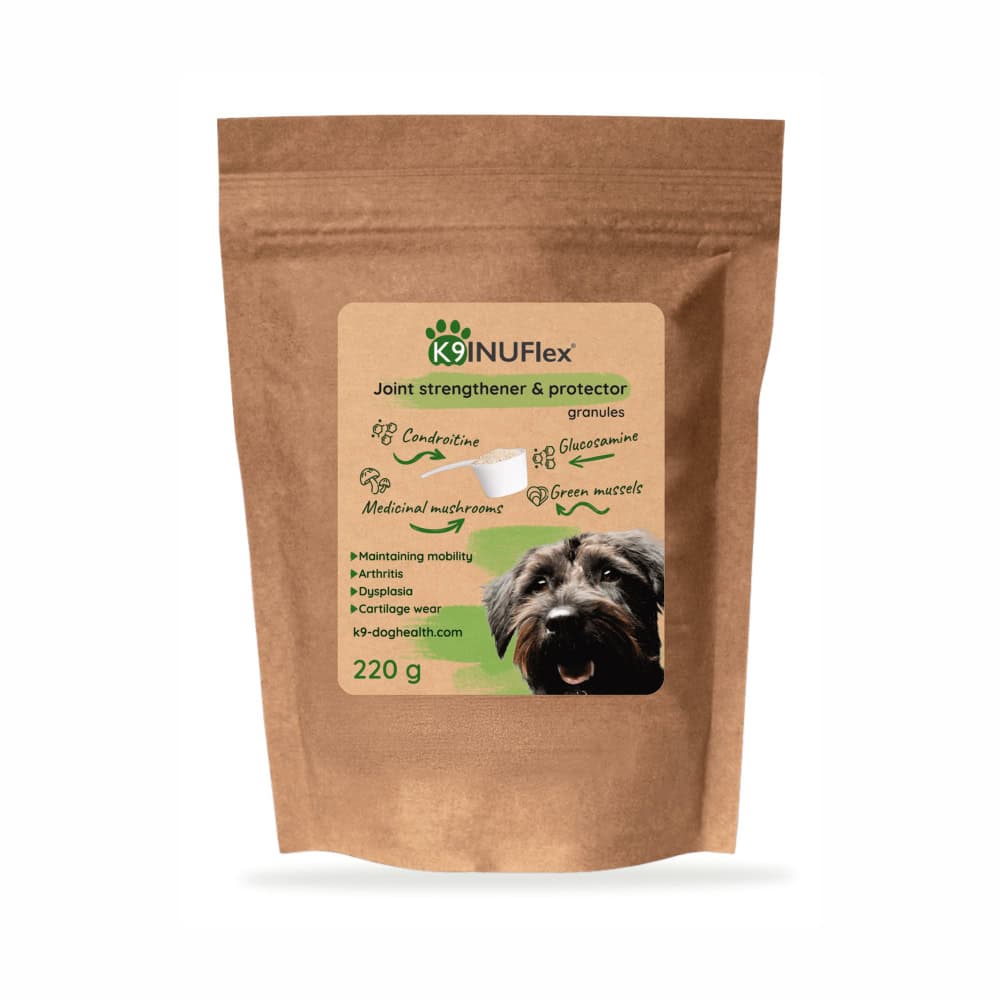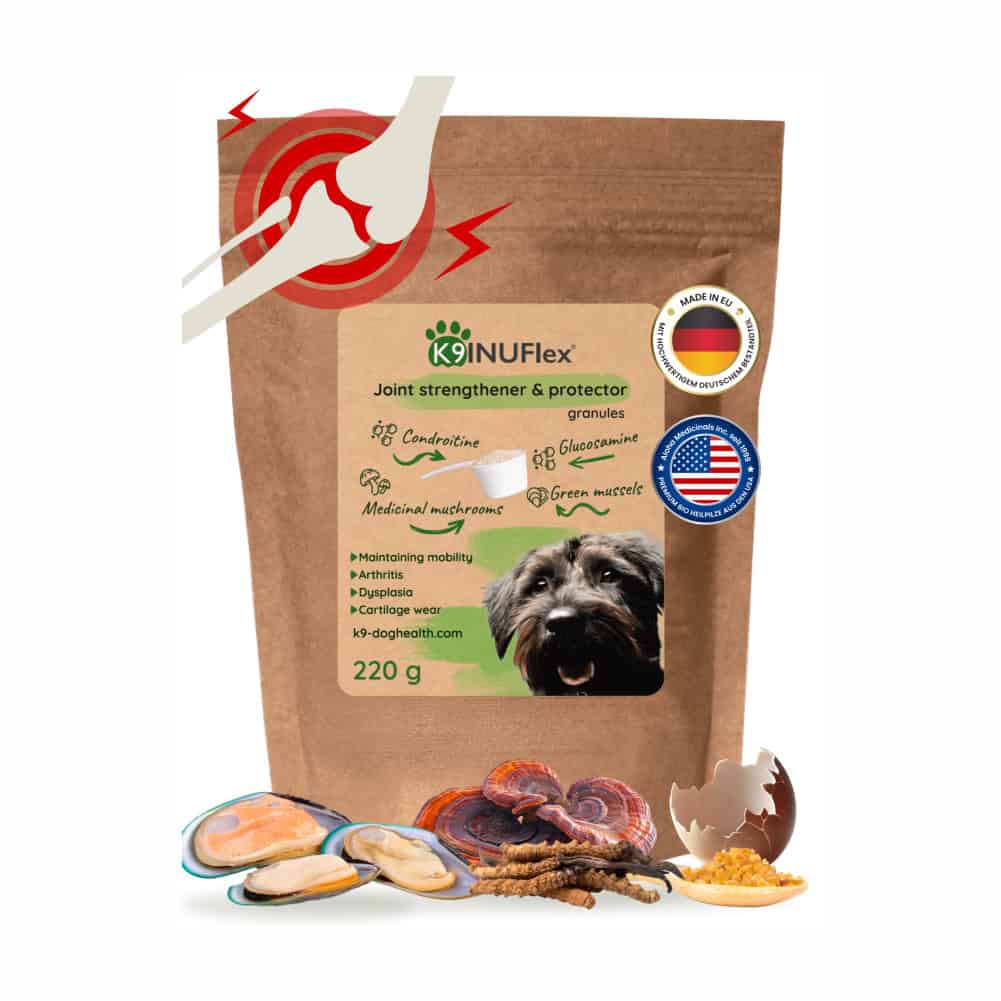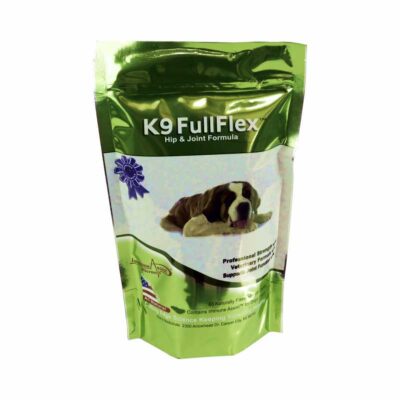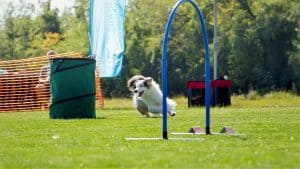The Formation of Agility
Agility. In 1978, one of the organizers of the Birmingham Dog Show, John Varley, wanted to entertain the audience during breaks with something special and never-before-seen. He invited Peter Meanwell, an equestrian officer, who created a dog-sized course based on the equestrian obstacle course. This course had eight lines and a fixed order of obstacles. The dogs were led on a leash by their owners, and the pair that completed the course flawlessly in the shortest time was the winner. The debut was a huge success, and dog owners saw it as a challenge, so it quickly developed into a sport.
Only purebred dogs with pedigrees are eligible to compete in FCI competitions.
The Basics of Agility Sports
In this sport, there are two official categories: agility and jumping.
- Maxi/Large: Dogs measuring 43cm or more at the withers.
- Midi/Medium: Dogs measuring from 35 cm to 42.99 cm at the withers.
- Mini/Small: Dogs measuring less than 35 cm at the withers.
Before their first official competition, all dogs are measured, and they are allowed to compete in their respective height category.
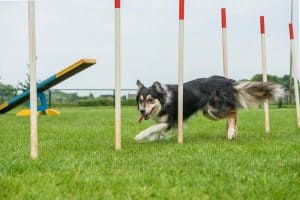
Agility Obstacles
The types of obstacles used vary depending on the categories.
Obstacles in the agility course include:
Jumps, Hoops, Weave poles (slalom), Viaduct, Crawling tunnel, Sack tunnel, Table, Seesaw, Plank wall (“A” wall)
Obstacles in the jumping course include:
Jumps, Hoops, Weave poles (slalom), Viaduct, Crawling tunnel, Sack tunnel, Table
Agility Levels
Agility classes are divided into three levels:
- Agility / Jumping 1: For dogs that have not yet earned an agility qualification.
- Agility / Jumping 2: For dogs with three flawless runs under two different judges.
- Agility / Jumping 3: For dogs with three flawless runs and placements on the podium.
Course design is the responsibility of the judge, and the judge’s word is final and cannot be challenged.
Basic rules for participating in races
Dogs can participate once they reach 18 months of age and are in good health. Before the run, handlers must remove all collars, including flea and tick collars, to avoid any risk of accidents. Handlers must keep their hands empty during the race. They may carry items in their pockets, but dropping anything can lead to disqualification. (After all, who has ever seen a dog doing the vacuuming? 😊)
Dogs cannot participate if they are sick, pregnant, or on medication. In the past, females in heat were not allowed to compete, but this has changed. Ideally, the handler signals in advance, and in some categories, the dog can start from a mat placed at the starting line.
The judge determines the course’s standard time and maximum time. This is crucial because exceeding the maximum time results in receiving penalty points.
Common Mistakes in Agility Competitions
- Knockdown Fault: If any part of an obstacle falls before the dog completes the next obstacle.
- Zone Fault: If the dog does not touch at least one foot or a part of its paw on the contact zone obstacles (A-wall, table, seesaw).
- Refusal: If the dog stops before an obstacle or on the course, runs away or past the next obstacle, jumps around the hoop’s legs, or crosses the long jump without jumping.
In case of a knockdown or zone fault, the team receives penalty points, but they must continue the race.
Refusals must be corrected; failure to do so results in disqualification.
Disqualification is the most severe penalty, meaning the team must leave the course, and their race is considered invalid.
Common reasons for disqualification include:
- Disrespect towards the judge
- Three refusals
- Exceeding the maximum time
- Rough handling of the dog
- Skipping an obstacle or completing it incorrectly, mistaking the obstacle order
- The handler holding something in their hand
- The dog wearing a collar
- The dog constantly nibbling on the handler, pooping on the course, being out of control, etc.
Scoring in Races
When determining placements, the following factors are considered:
- Total faults
- If the total time is the same, the team with fewer course faults wins.
- If course faults are the same, the faster team wins.
Agility and “Tai-Chi”
We haven’t mentioned the course walk-through, which can be one of the funniest parts for an outsider. Usually, you have 8 minutes before the race to learn the course without your dog. During this time, you plan your dog’s optimal route using the driving techniques you practiced (when to change hands, when to leave the obstacle, how far to run, when to send the dog, etc.). It’s worth running through the course to see if your previous plans fit, whether you can get to where the dog is going.
After the 8 minutes, there’s what we humorously call “Tai-Chi” on the course’s edge. With your eyes closed, you try to go through the course while verbally and physically indicating what you’re doing and what obstacles are coming up. This is truly a humorous part of the experience.
The two most important things in agility are warm-up, both for the dog and the handler, and always rewarding the dog!
This sport can only be successful when the dog approaches it with enthusiasm and a cheerful attitude.
Whatever sport you do with your dog, it’s a good idea to use supplements to help alleviate the increased physical strain. Check out our Hip & Joint support products. If you’re interested in more dog-related topics, take a look at our article on Kennel Cough, or explore Hoopers, a fun and accessible sport for dogs of all ages. Learn to recognize the symptoms of dog cancer, discover entertaining and useful dog tricks, or read about shoulder dysplasia in dogs and how it can affect mobility.
